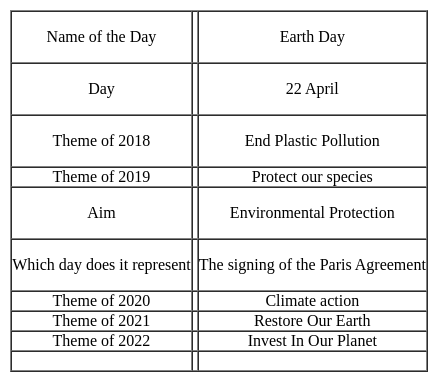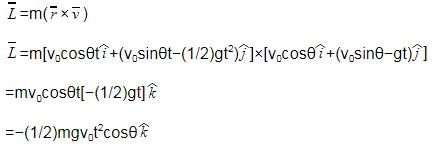HPSC PGT Physics Mock Test - 4 - HPSC TGT/PGT MCQ
30 Questions MCQ Test - HPSC PGT Physics Mock Test - 4
Who won double gold at the 65th National Shooting Championship on 2 December 2022?
If the Young's double slit experiment is performed with white light, then which of the following is not true
According to Carnot theorem no heat engine working between two given temperatures of source and sink can be more efficient than a perfectly ___________ engine working between the same two temperatures
Energy of a photon of green light of wavelength 5500m is (given: h = 6.62 ×10−34Js−1) approximately
The Earth always have both horizontal and vertical components everywhere.
In Young's double slit experiment 62 fringes are visible in the field of view with sodium light (l = 5893Å). If green light (l = 5461Å) is used then the number of visible fringes will be _
Three masses of 1 kg, 6 kg and 3 kg are connected to each other with threads and are placed on a table a as shown in the figure. What is the acceleration with which the system is moving (Take g = 10 m/s2)
When number of identical cells, in parallel combination are increased, the voltage of the circuit will
The diffraction of light is not easily noticed if:
As observed from earth, the sun appears to move in an approximate circular orbit. For the motion of another planet like mercury as observed from earth, this would
A short bar magnet has a magnetic moment of 0.48 J/T .Magnetic field produced by the magnet at a distance of 10 cm from the centre of the magnet on the axis has a direction and magnitude of .
Relation between torque and angular momentum is similar to the relation between
The number of significant figures in the distance of one light year , 9.4605 × 1015 m is:
When a ball is thrown upwards, as it rises, the vertical component of its velocity
A far- sighted person has lost his spectacles. He can read a book at usual distance by looking through a pin hole because while looking through the pin hole:
A 14.5 kg mass, fastened to the end of a steel wire of unstretched length 1.0 m, is whirled in a vertical circle with an angular velocity of 2 rev/s at the bottom of the circle. The cross-sectional area of the wire is 0.065 cm2. Calculate the elongation of the wire when the mass is at the lowest point of its path.
A bar magnet of magnetic moment 1.5 J/T lies parallel to the direction of a uniform magnetic field of 0.22 T. What is the torque acting on it?
A sports car has a “lateral acceleration” of 0.96g = 9.4 m s−2. This is the maximum centripetal acceleration the car can sustain without skidding out of a curved path. If the car is traveling at a constant 40 m/s on level ground, what is the radius R of the tightest unbanked curve it can negotiate?
A block takes twice as much time to slide down a 45o rough inclined plane as it takes to slide down a similar smooth plane. The coefficient of friction is
A ring has a total mass m but not uniformly distributed over its circumference. The radius of the ring is R. A point mass m is placed at the centre of the ring. Work done in taking away the point mass from centre to infinity is
Two different masses are dropped from same heights, then just before these strike the ground, the following is same :
The multiplication of 10.610 with 0.210 upto correct number of significant figure is:
The electric current in a liquid is due to the flow of
A small particle of mass m is projected at an angle θ with the x-axis with an initial velocity v0 in the x-y plane as shown in the figure. At a time , the angular momentum of the particle is:
[AIEEE 2010]
The current in a metallic conductor is plotted against voltage at two different temperatures T1 and T2. Which is correct





 =180°
=180°












